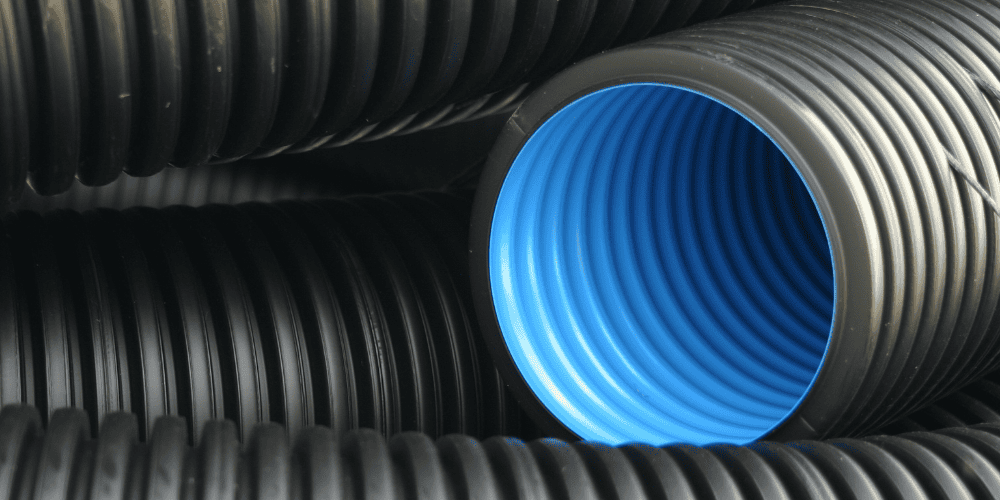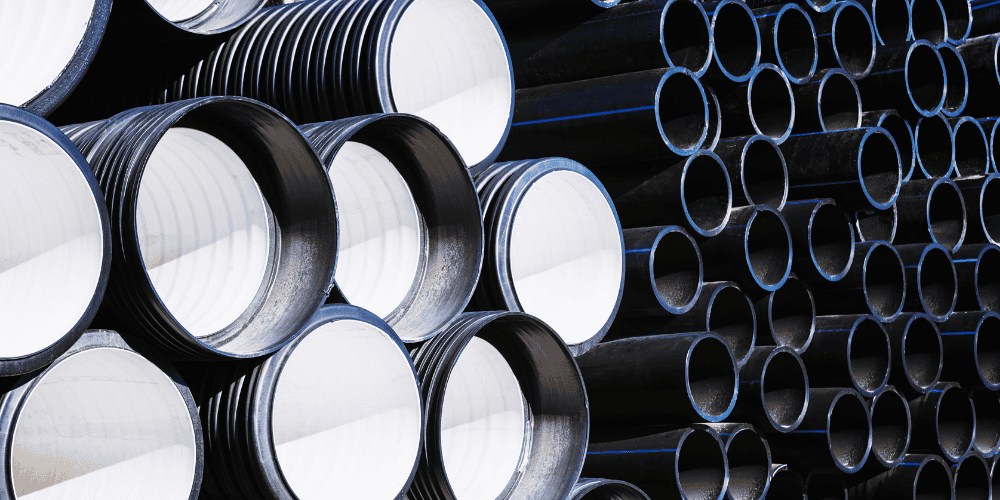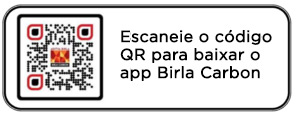Protect pipes from UV degradation with our Raven P-type carbon black products. The superior purity of Raven P-types lowers compound moisture absorption (CMA) resulting in smooth extruded surface finishes.
Birla Carbon’s Raven P-type carbon blacks such as Raven PFEB, Raven P125 Ultra, Raven P125 Ultra, Raven P5 Ultra and Raven P7 Ultra are high performance blacks for plastics pipe applications. These products have the highest purity level and consistency required for critical applications.
Most Raven P-type carbon blacks are compliant with (EU) No. 10/2011 making them suitable for use in indirect food contact applications

Areas of Benefits:
EXTREMELY LOW PHYSICAL IMPURITIES
Raven P-type carbon blacks offer longer and best in class screen life thanks to extremely low impurities such as sulfur, ash and grit. The high purity of Raven P-type carbon blacks leads to higher efficiency and higher quality surface finish.
UV PROTECTION
Raven P-type carbon blacks provide excellent UV protection, balancing dispersibility and high durability.
CHEMICAL CLEANLINESS
Most Raven P-type carbon blacks meet all major EU regulations for pipe and offer excellent organoleptic properties.







